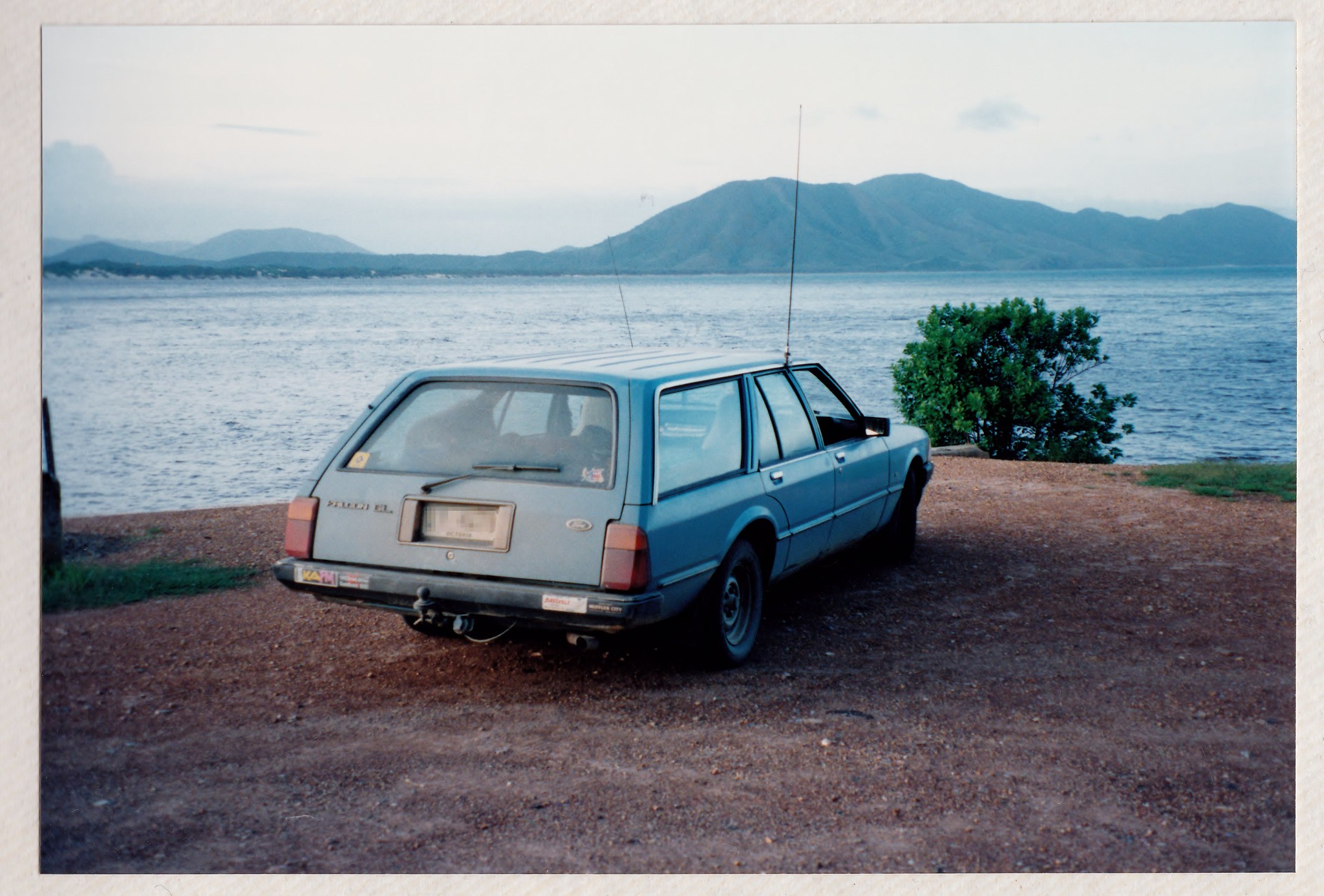Hi Mike and other single stage paint experts,
I'm still a bit puzzled by the hand buffing requirement for this process.
I understand that one of the goals is to revitalize the paint by working in the oils in the Show Glaze but another is to also remove the oxidation with the abrasive action of the terry towel.
Couldn't this be done using the Show Glaze with a VERY soft (eg LC Gold CCS) pad on a 8mm throw DA at speed 2 or 3 with no pressure?
No.
Anyone that knows me and my work knows I'm a MACHINE GUY. There are very few things in the car detailing world that I would do by hand but restoring antique single stage paint is one of them.
Sometimes there's simply no replacement for working by hand to accomplish the goal and the goal for the type of work I teach to do in this article is SAVING antique, single stage paint.
If you mess up there's no second chance and what a lot of people miss when they read my article is that this technique is for people that have a car with old, antique OXIDIZED single stage paint and it's
IMPORTANT to them to do everything they can to preserve the original and/or antique paint.
The key word is
important.
In fact, if you
click to the first page and read the third paragraph, out of frustration with people that don't read I made a portion of the first sentence
RED to draw people's eyes to it.
( I get PM's and e-mails about this technique and I can tell the person only scanned the article they didn't read the article so they didn't pick up on the word important)
I have guys that have replied to this thread or created their own thread where they simply took an old car with antique single stage paint and started out compounding it.
To me, their project was not important to them. I would never do that to something that was important to me or the customer.
Why?
Because when working on OLD, antique single stage paint that has been neglected the paint is not only THIN it is dried out and
BRITTLE.
It only makes sense if it's IMPORTANT to you to start by revitalizing the paint using the oils in the #7 to make the paint saver to work on, (compound or polish), BEFORE working on it.
Plus the oils bring out and restore the full richness of color to the pigments in single stage paint and this is something no other product will do and certainly could never be done to a basecoat/clearcoat paint job.
Couldn't this be done using the Show Glaze with a VERY soft (eg LC Gold CCS) pad on a 8mm throw DA at speed 2 or 3 with no pressure?
NO.
A soft pad would not agitate the dead, oxidized paint like cotton terry cloth so you would not be SAFELY removing this layer of dead paint while at the same time gorging the paint with the oils in the #7.
This is truly and old school craft that requires the art of hand rubbing.
The main issue that I could think of is that you may need a lot of pads as they could quickly clog with the oxidized layer that is being removed.
Or does the following mean that you would use up a lot of product with the pad swaps as well (although the pads wouldn't absorb the oils the same way the towels do.
You will be so much better off to use the approach I share in this article.
KISS = Keep it Simple Simon
Besides that.... the chance to restore an antique single stage paint by hand rubbing is an experience you will never forget and will be more rewarding than you can imagine when you stand back and look at what "you" did, not a machine did.
I just like to understand the physical processes involved a little better.
Greg
The physical process is simply that. A very physical process. This is truly something that is best understood by doing, not reading about.
Can anyone possibly enlighten me on the hand buffing requirement?
With this follow-up post I want to let you know I wasn't trying to avoid your question it's just I have limited typing time on the forum and I just haven't had the chance to type out an in-depth reply like I have above.
Just to note... you can't get this kind of discussion on Facebook. It just doesn't work to type in their
tiny little boxes.
I hope I've answered your questions and I also hope you try my technique on whatever it is you're working on.
On that note...
what are you working on?



